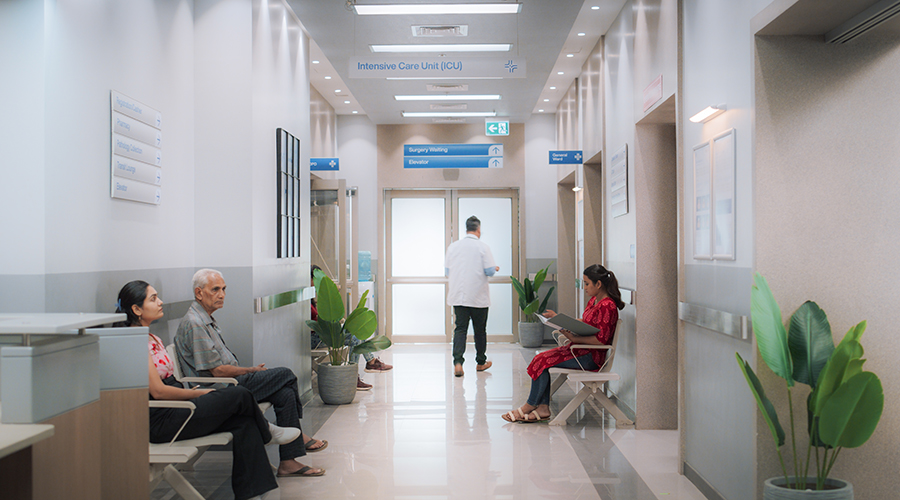Stopping the spread of germs and bacteria is an important function in healthcare facilities. Equally as important is curbing the spread of drug-resistant bacteria, which can cause serious and hard-to-treat infections.
One of these types of bacteria is carbapenem-resistant Klebsiella pneumoniae (CRKP).
The Centers for Disease Control and Prevention (CDC) recently published a study on the changing epidemiology of CRKP in a large public health system in New York City. Between 2016 and 2020, the cases of CRKP were reduced, though cases began increasing in 2021 to June 2022. As a result of the study’s findings, the CDC recommended “an aggressive and universal program involving surveillance and isolation” to control the spread of CRKP in New York City.
Carbapenems are broad-spectrum antibiotics, meaning they are used to treat various bacteria, according to Merck Manual.
In addition, the National Institute of Health (NIH) says that carbapenemases are beta-lactamases with the ability to hydrolyze (I.e., break down) carbapenems, rendering the antibiotic ineffective. With that in mind, some bacteria become capable of producing Klebsiella pneumoniae carbapenemase (KPC), making the use of carbapenems to treat Klebsiella pneumoniae infections more difficult.
According to the study, “KPC has been the predominant carbapenemase in carbapenem-resistant Enterobacterales (CRE) in medical centers across the United States. This carbapenemase has been also problematic in long-term care facilities throughout the United States.”
This means that healthcare facilities can play a role in containing the spread of CRKP and even other drug-resistant bacteria by just practicing hand hygiene and wearing proper personal protective equipment.
However, these are not the only measures facility managers can take.
HEPACART recommends that facility managers focus their sanitization and disinfection efforts on any surfaces that get used frequently. It also points out that areas that are less obvious than patient care equipment, such as computers and their accessories, need to be cleaned as well since they are touched a lot throughout the day.
HEPACART also suggests that facility managers mind what cleaning products they use, namely antimicrobial ones. The World Health Organization has identified that “misuse and overuse of antimicrobials are the main drivers in the development of drug-resistant pathogens.”
Instead of overusing antimicrobial products, HEPACART says to limit it to cases of disinfecting critical patient care spaces but restrict it for all other uses.
The CDC says that without these control measures in place, these bacteria and germs can:
- Enter the body and cause infections through procedures and medical devices
- Spread to people on surfaces like bedrails or the hands of healthcare workers
- Move with patients when they are transferred from one healthcare facility to another, or into the community when patients go home
- When not stopped, these resistant healthcare-associated germs can spill over into communities, becoming much harder to control
Given all of this, proper hand hygiene, protective equipment and cleaning procedures are key factors in combatting the spread of drug-resistant bacteria. Additionally, facility managers play a crucial role in stopping the spread by ensuring compliance with the guidelines and best practices put in place.
Jeff Wardon, Jr. is the assistant editor for the facilities market.

 Turning Facility Data Into ROI: Where Healthcare Leaders Should Start
Turning Facility Data Into ROI: Where Healthcare Leaders Should Start Sutter Health Breaks Ground on Advanced Cancer Center and Care Complex
Sutter Health Breaks Ground on Advanced Cancer Center and Care Complex Imperial Beach Community Clinic Caught Up in Email Cyberattack
Imperial Beach Community Clinic Caught Up in Email Cyberattack Social Media Driving Rise in Trade Jobs
Social Media Driving Rise in Trade Jobs North Carolina Children's Receives $25M Gift from Coca-Cola Consolidated
North Carolina Children's Receives $25M Gift from Coca-Cola Consolidated